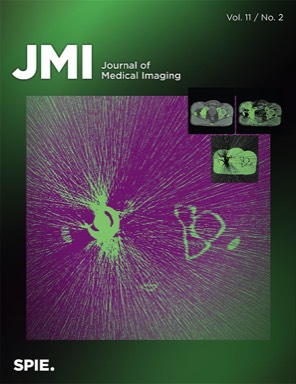Surgical planning in virtual reality: a systematic review

Virtual reality (VR) technology has emerged as a promising tool for physicians, offering the ability to assess anatomical data in 3D with visuospatial interaction qualities. This systematic review aims to provide an up-to-date overview of the latest research on VR in the field of surgical planning.
A comprehensive literature search was conducted based on the preferred reporting items for systematic reviews and meta-analyses covering the period from April 1, 2021 to May 10, 2023. The review summarizes the current state of research in this field, identifying key findings, technologies, study designs, methods, and potential directions for future research. Results show that the application of VR for surgical planning is still in an experimental stage but is gradually advancing toward clinical use. The diverse study designs, methodologies, and varying reporting hinder a comprehensive analysis. Some findings lack statistical evidence and rely on subjective assumptions. To strengthen evaluation, future research should focus on refining study designs, improving technical reporting, defining visual and technical proficiency requirements, and enhancing VR software usability and design. Addressing these areas could pave the way for an effective implementation of VR in clinical settings.

